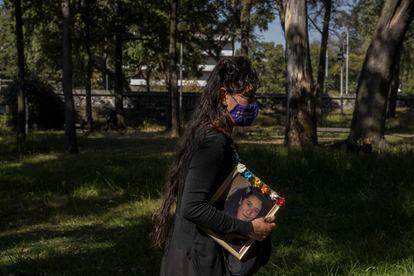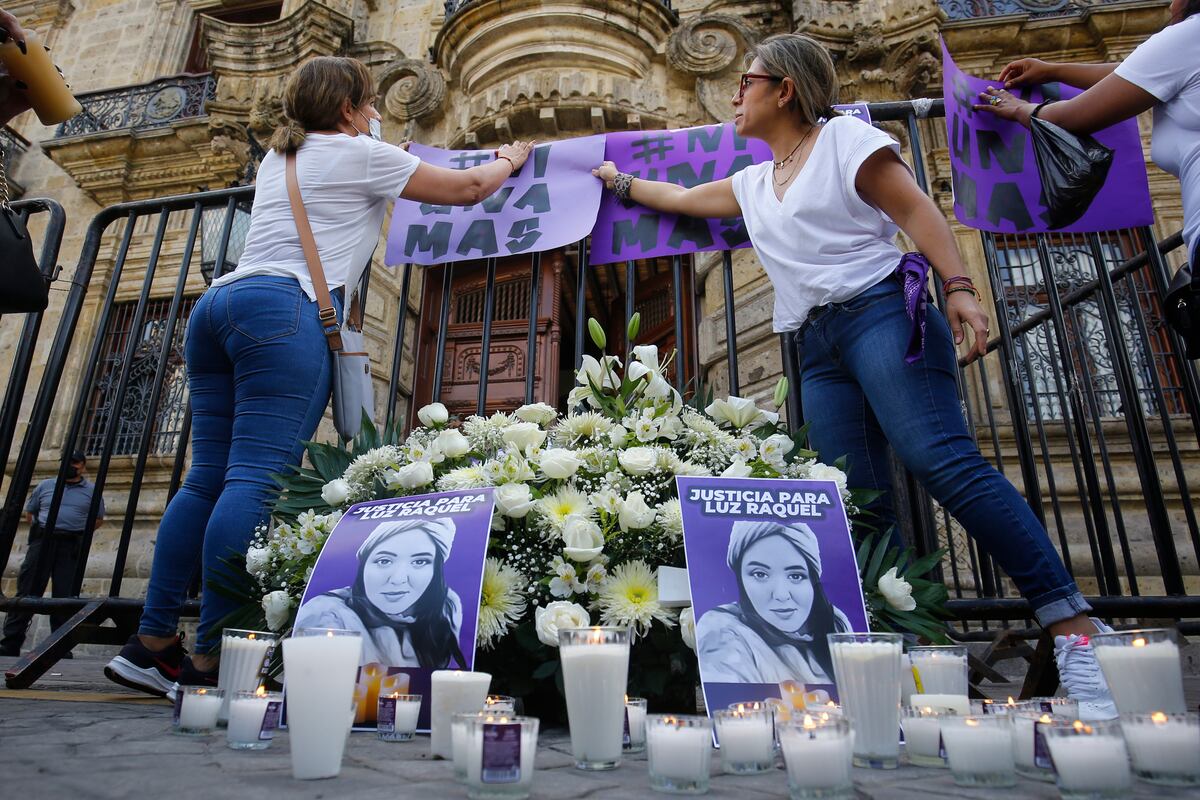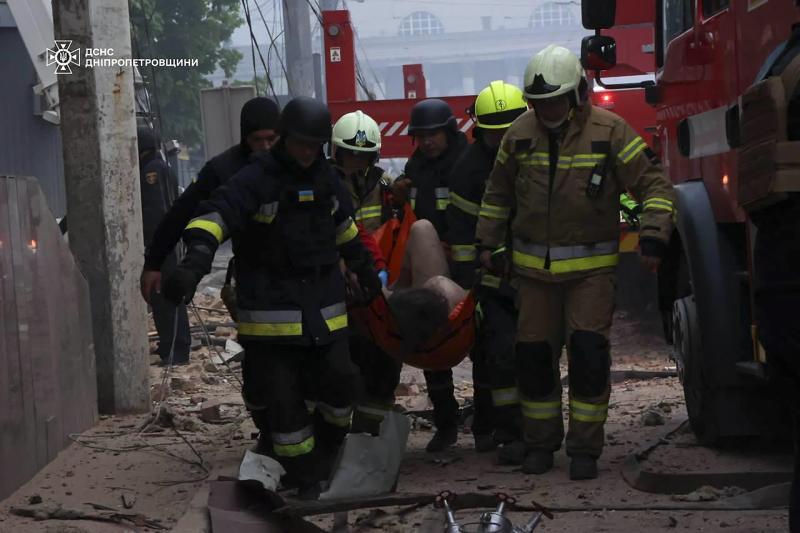In the story The things we lost in the fire by Mariana Enríquez a burnt-out girl asks for money on the subway, not for plastic surgeries –the girl knows that her normal face would not return, but nobody gives her a job because of her appearance, not even in positions where she would not be seen–, and asks for money in the subway, telling its story, to stay. Juan Martín Pozzi, the man who burned her and her husband, was sure that she was cheating on him and he was right, she was about to leave him: “To avoid that, he ruined her, that she should not belong to anyone else, so . While she slept, she poured alcohol on her face and held out the lighter to her. When she couldn’t speak, when she was in the hospital and everyone expected her to die, Pozzi said she had burned herself, spilled alcohol in the middle of a fight and wanted to smoke a cigarette while still wet. “And they believed him,” smiled the girl from the subway with its lipless mouth, its reptilian mouth. Even my dad believed him.” In Enríquez’s story, this violence is replicated by one man, then another, and then another until “they burned their girlfriends, wives, lovers, all over the country.” This brilliant story questions everything from violence against women to the idea of beauty imposed by patriarchal society and goes elsewhere, but in this terrible and brutal start is one of the central points of the problem: the story of the man who burns his partner is the one that prevails. Why? First point: that their story and not theirs prevail.
Second serious point: we know that 11 women are murdered every day for being women in Mexico and that from January to June of this year 47 women have been intentionally burned. Luz Raquel Padilla, mother of a child on the autism spectrum, received several threats that she herself made public on her social networks. The noises of her son in moments of crisis disturbed the neighbors and she was burned as they had threatened her. These days, a minor under 11 years of age was set on fire in the municipality of Tonalá, Jalisco. The case of Luz Raquel Padilla in Zapopan, Jalisco, like that of Debanhi Escobar in Monterrey, Nuevo León, became media coverage. In both cases, the prosecutors held the victims responsible for their deaths: they re-victimized them. The peak of revictimization, in fact, when the State justice apparatus blames the victims for their deaths.
Third point: the State revictimizes them and the media reply, revictimization grows. In the case of Luz Raquel Padilla this began to spread: “Security camera images seem to turn the investigation into Luz Raquel’s death. According to the Jalisco prosecutor’s office, she herself had written the threats and had set herself on fire with alcohol and a lighter that she bought. This was what the pints said that, according to the prosecution, Luz Raquel wrote outside her house: “You are going to die, Luz”, “The worst is coming”, “I am going to burn you alive”, “You are going to die machorra ”. In a press conference, the state prosecutor’s office declared – just like Juan Martín Pozzi in Mariana Enríquez’s story – that Luz Raquel burned herself. Like the father of the burned girl in the story, the media believes him, that official story. In that story about her death being the result of a “self-attack.” The media follows that line, the media says, “Did she set herself on fire?” The media integrate the official story, the media say “That day Luz Raquel bought a red lighter.” The media say: “in addition, Luz Raquel had two complaints for conflicts by her neighbors.” The media say: “it must be very difficult to deal with an autistic child.” The media say: “the people who approached Luz Raquel came to help her, not to attack her.” The media say: “that day Luz Raquel bought two half-liter bottles of alcohol.” The media say: “so she killed herself?”. The media doubts: “did she set herself on fire?” They doubt and say because the official account blames the victim for her own death.
Fourth point: many of us and we doubt the official account of the prosecution. We doubt the official story because of the context in which we live. We doubt the official story because it seems that before working in the service of justice, they are taking care of their public image. The same thing happened with Lesvy Berlin, murdered in 2017 at UNAM by her partner with a cable from a public telephone, while the capital authorities declared that she had committed suicide. The same thing happened with Debanhi Escobar, the state prosecutor declared that she “had fallen into the cistern” when they found her. Today it is known that they were cases of femicide. But they said that Lesvy was drunk, besides she didn’t study, she committed suicide. They said that Debanhi was drunk, besides, what was she doing at that time in a motel? She killed herself. And they say that Luz Raquel was problematic, her son is problematic, she set herself on fire. But faced with media pressure, the prosecutors do not know what to do and say that they are suicides, that they are not femicides. The prosecutors say, in other words, that they have nothing to resolve, that it is the victims’ fault. The cases of gender violence exploit their hands, and they choose to publicly wash their hands. Perhaps by now, prosecutors should consider advice to deal with these cases with a gender perspective, understand the context in which they say and declare. Carry media cases in such a way that justice is at the center and not their public image. Unless the public image that the prosecution wants to give is that of clarifying all suicides. Unless the public image of the prosecution wants to be one that minimizes the femicide context in this country.

Let’s suppose that we believe in the official accounts, let’s suppose that the cases that become mediatic turn out to be cases of suicide as the prosecutors want us to suppose. And let’s suppose that Luz Raquel wrote femicide graffiti in front of her house, decided to stop caring for her son and set herself on fire in a context in which 11 women are murdered daily: who, if not the authority, attends to the clarification of femicides publicly? If prosecutors resolve suicides, how are femicide cases resolved? What guarantees justice if prosecutors are more interested in their public image? And what do we gain as a society by having prosecutors that re-victimize, media that re-victimize? And, specifically, in the case of Luz Raquel Padilla: how does the State care for people who care for minors with disabilities? What options did she have to care for her son on the autism spectrum?
The state prosecutor’s office gave an order to the photographs and some videos to publicize the official story, the one in which Luz Raquel “attacked herself.” In her essay on photography and its use to bear witness to the pain of others, Susan Sontag writes: “With all photography what Wittgenstein argued about words happens: their meaning is their use.” If the authorities, like Juan Martín Pozzi in the story The things we lost in the fire of Mariana Enríquez, make use of photographs and videos to clean up their image, minimizing the femicide emergency, far, far from justice, the official accounts are on the femicide side of history. Not from Luz Raquel, not from Debanhi, not from Lesvy, not from their side, not from their relatives, not from justice, but from that side, the one that continues to perpetrate violence.
subscribe here to newsletter of EL PAÍS Mexico and receive all the informative keys of the news of this country
50% off
Subscribe to continue reading
read without limits
#selfattacks #femicides








